It’s probably the best tank-based sequence in any FPS. The slow movement and fire-rate of the WWI tanks means each encounter is ratcheted with tension, as you try to sight enemy tanks and artillery guns hidden amidst mazey French villages and fortified railway stations, while also attempting to evade the sights of those same enemies. The in-tank sections are interspersed with Far Cry-like vignettes of venturing into enemy-controlled territory on foot, either sneaking or blasting your way to the objective.
This brutal and often brilliant depiction of armoured warfare is spoiled only by a mawkish ending that undercuts the drama of the rest of the tale. The campaign’s focus then switches to the skies above France, where we play as roguish American aviator Clyde Blackburn, who is determined to get across his roguishness with every roguish line of roguish dialogue. It aims to emulate the adventurous derring-do of Biggles, but shoots way past this into something more akin to the macho-absurdities of Top Gun. This is particularly the case in the concluding act, which sees you defending London from a German bombing raid, and somehow surviving a head-on collision with a Zeppelin.
The third and fourth chapters see players partake as footsoldiers in the war on the Italian front and the Battle of Gallipoli respectively. These are supposed to be the most emotionally charged chapters, but they’re simply too short to make much of an impact. The Gallipoli campaign attempts an entire master/apprentice arc within just three fleeting missions, while the Italian missions see you searching for your brother during an assault on an Austro-Hungarian fortress. Both missions are riddled with saccharine sentimentality that completely misses the mark, as we aren’t given enough time to establish a relationship with the characters.
Yet the final chapter is by far my favourite. Nothing is Written places you in the boots of Zara Ghufran, a Bedouin rebel and Lawrence of Arabia’s right-hand woman, who embarks upon a sequence of raiding missions against the Ottoman Empire. It plays like a pared-down version of Metal Gear Solid V. You scout out locations and can approach your objectives however you wish. It’s an excellent idea somewhat let down by AI that’s about as perceptive as George from Blackadder Goes Forth. Still, I had some fantastic emergent experiences in this stage, including a terrifying encounter with a tank where I had to scramble around half the map searching for explosives as tank shells detonated in the sand all around me.
The campaign has all the fire and thunder you’d expect from DICE does World War One, but the inability to set a consistent tone, combined with the almost random switches between linear FPS, emergent open-world stealth, and vehicular combat, makes it a haphazard experience. Any one of these DICE could have done superbly. I would have happily played an entire campaign as Zara Ghufran, for example. Instead, it’s a collection of half-decent ideas rather than a single great one.
Overall it is an improvement upon previous Battlefield campaigns (particularly that of the execrable Hardline) but the problems that have dogged the single-player up until now have not been entirely expunged. It’s also worth noting that, while the campaign shows us six differing perspectives on the war, they’re all taken from the Allied point of view. It’s a bizarre decision that paints the Germans, Ottomans and Austro-Hungarians as a faceless menace, when historically the war was far more complicated than that.
While the single-player is inconsistently enjoyable, the multiplayer is back to Battlefield’s spectacular best. The industrial warfare of World War 1 is a perfect fit for Battlefield’s large-scale warfare, while the emphasis on rifles and mounted machine guns over rocket-launchers and jet-planes makes Battlefield 1 a more tactical affair (although DICE still crowbar in some spray ‘n’ pray submachine guns, which is a little disappointing).
This brutal and often brilliant depiction of armoured warfare is spoiled only by a mawkish ending that undercuts the drama of the rest of the tale. The campaign’s focus then switches to the skies above France, where we play as roguish American aviator Clyde Blackburn, who is determined to get across his roguishness with every roguish line of roguish dialogue. It aims to emulate the adventurous derring-do of Biggles, but shoots way past this into something more akin to the macho-absurdities of Top Gun. This is particularly the case in the concluding act, which sees you defending London from a German bombing raid, and somehow surviving a head-on collision with a Zeppelin.
The third and fourth chapters see players partake as footsoldiers in the war on the Italian front and the Battle of Gallipoli respectively. These are supposed to be the most emotionally charged chapters, but they’re simply too short to make much of an impact. The Gallipoli campaign attempts an entire master/apprentice arc within just three fleeting missions, while the Italian missions see you searching for your brother during an assault on an Austro-Hungarian fortress. Both missions are riddled with saccharine sentimentality that completely misses the mark, as we aren’t given enough time to establish a relationship with the characters.
Yet the final chapter is by far my favourite. Nothing is Written places you in the boots of Zara Ghufran, a Bedouin rebel and Lawrence of Arabia’s right-hand woman, who embarks upon a sequence of raiding missions against the Ottoman Empire. It plays like a pared-down version of Metal Gear Solid V. You scout out locations and can approach your objectives however you wish. It’s an excellent idea somewhat let down by AI that’s about as perceptive as George from Blackadder Goes Forth. Still, I had some fantastic emergent experiences in this stage, including a terrifying encounter with a tank where I had to scramble around half the map searching for explosives as tank shells detonated in the sand all around me.
The campaign has all the fire and thunder you’d expect from DICE does World War One, but the inability to set a consistent tone, combined with the almost random switches between linear FPS, emergent open-world stealth, and vehicular combat, makes it a haphazard experience. Any one of these DICE could have done superbly. I would have happily played an entire campaign as Zara Ghufran, for example. Instead, it’s a collection of half-decent ideas rather than a single great one.
Overall it is an improvement upon previous Battlefield campaigns (particularly that of the execrable Hardline) but the problems that have dogged the single-player up until now have not been entirely expunged. It’s also worth noting that, while the campaign shows us six differing perspectives on the war, they’re all taken from the Allied point of view. It’s a bizarre decision that paints the Germans, Ottomans and Austro-Hungarians as a faceless menace, when historically the war was far more complicated than that.
While the single-player is inconsistently enjoyable, the multiplayer is back to Battlefield’s spectacular best. The industrial warfare of World War 1 is a perfect fit for Battlefield’s large-scale warfare, while the emphasis on rifles and mounted machine guns over rocket-launchers and jet-planes makes Battlefield 1 a more tactical affair (although DICE still crowbar in some spray ‘n’ pray submachine guns, which is a little disappointing).

MSI MPG Velox 100R Chassis Review
October 14 2021 | 15:04


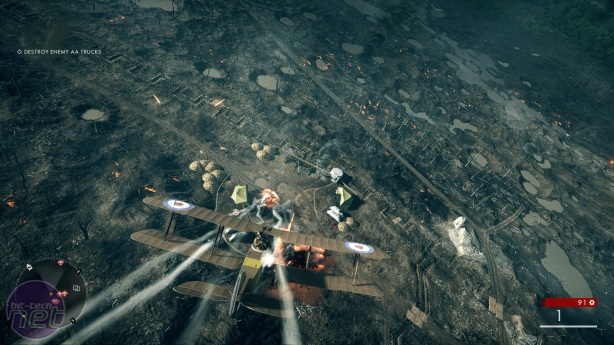
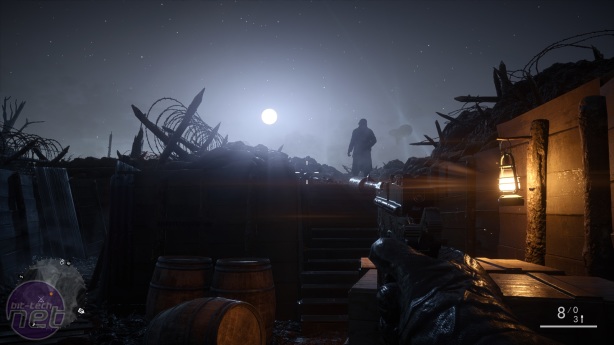
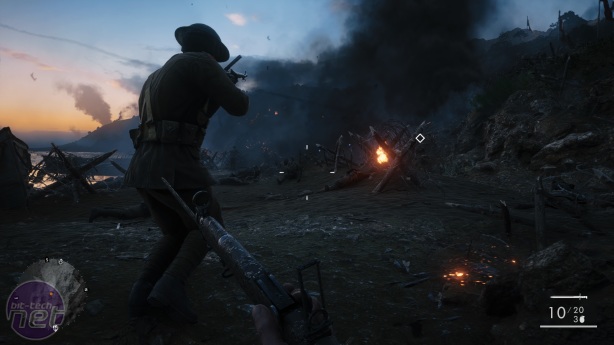
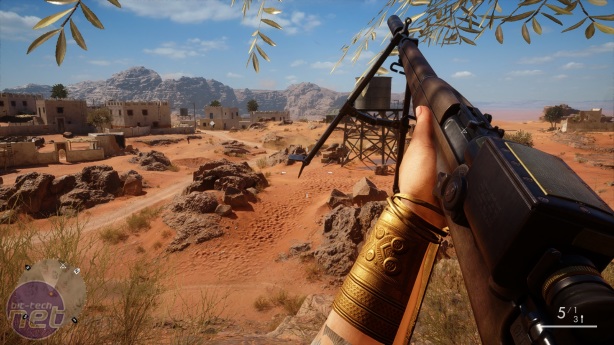
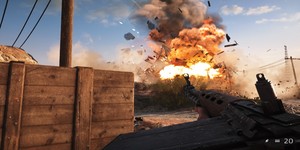
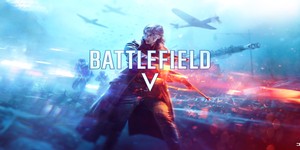
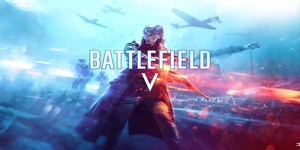





Want to comment? Please log in.